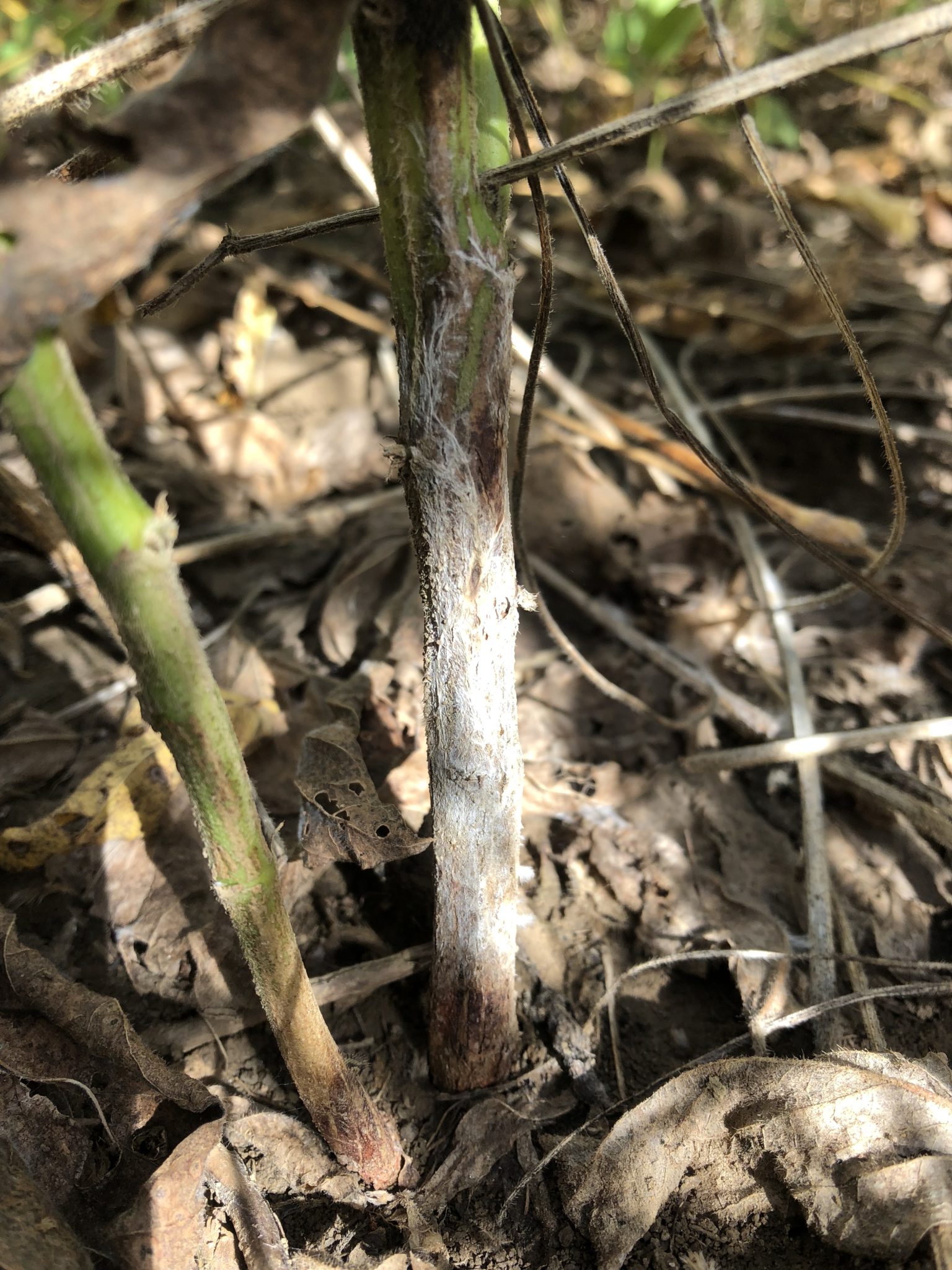

Home gardeners must depend on cultural practices to control the disease. How Do You Control Southern Blight?Ĭontrolling southern blight in the home garden is a challenge because the fungicides that are effective in treating the disease are only available to commercial growers. When you find the hyphae or mycelia, the best course of action is to dispose of the plant and the soil surrounding it. Upon close inspection, you may find an abundance of white hyphae or mycelia around the lower stem and roots and in the surrounding soil. Symptoms include discolored lower leaves, wilted foliage, and plant collapse and it usually results in the death of the plant. Southern blight on plants is most likely to occur in the summer months when the soil is warm and moist. The disease attacks a wide range of vegetable crops and ornamental plants at or below the soil line. It is caused by the soil borne fungus Sclerotium rolfsii.

Southern blight, southern wilt, southern stem rot, and southern root rot all refer to the same disease. How do you control southern blight before it takes out all of your plants? Keep reading to find out ways for controlling southern blight in gardens. Southern blight on plants is a common problem in many home gardens but it doesn’t have to be. Your garden grows so nice and then, without any warning, you turn around and notice all your healthy plants wilting and dying. The fungus overwinters in the debris left in the corn field, so clean up the corn stalks and leaves at the end of the season and till the soil thoroughly and often to help the roots and underground stems break down.It happens to the best of us. There is no way to save a crop that has the southern leaf blight fungus, but there are a few things you can do to save future crops. Even so, the symptoms and treatments described for the control of southern corn leaf blight may be similar to other leaf blights. Leaf blights in northern and western climates are caused by different fungi. Southern corn leaf blight, caused by the fungus Bipolaris maydis, occurs around the world, but it does the most damage in warm, humid climates such as the southeastern U.S. Damage that begins with the lower leaves, working its way up the plant.Lesions that vary in color but are usually tan and oblong or spindle shaped.Lesions between the veins in the leaves that are up to an inch (2.5 cm.) long and one-quarter inch (6 mm.) wide.

Here are the symptoms of southern corn leaf blight: We are smarter about the way we grow corn today, but the fungus lingers. In some areas, the loss was estimated at 100 percent and amounted to a monetary loss of around a billion dollars. Without any biodiversity, it is easy for a fungus to move in and wipe out a crop, and that is exactly what happened. In 1970, 80 to 85 percent of the corn grown in the U.S. Find out if your corn is at risk and what to do about it in this article. This devastating disease can ruin the season’s harvest.

Tan spots on corn leaves might mean that your crop is suffering from southern corn leaf blight.


 0 kommentar(er)
0 kommentar(er)
